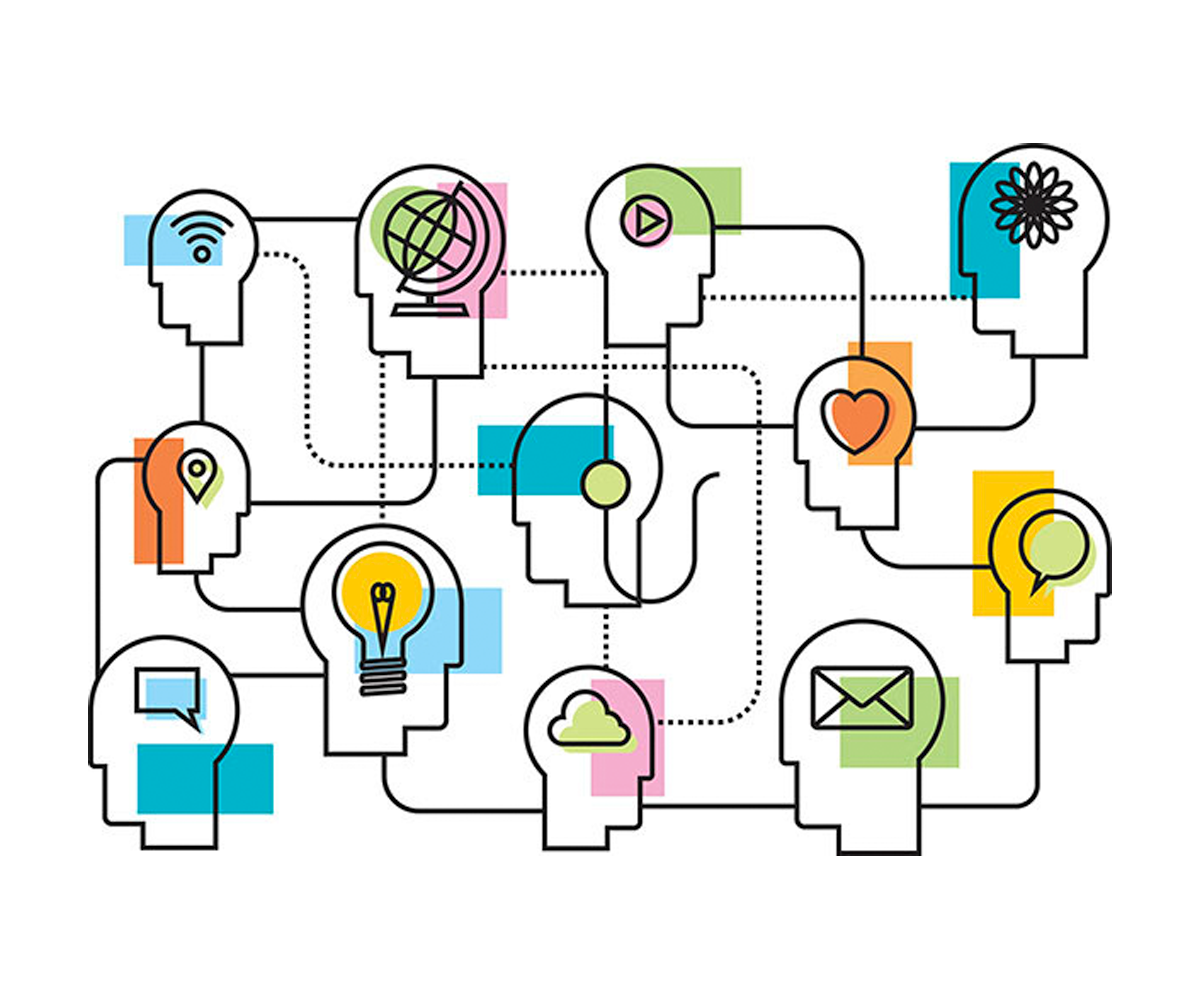
- April 25, 2024
- rastergraphix
- 0
In today’s digital age, enterprises rely on complex systems and applications to streamline operations, manage data, and drive decision-making. However, the success of these systems hinges not only on their functionality but also on the user experience they provide. Designing intuitive and efficient user experiences for complex systems and enterprise applications poses unique challenges and requires a deep understanding of user needs and industry best practices. In this article, we’ll explore strategies and real-world examples to guide UX designers in mastering the art of designing for complex systems and enterprise-level applications.
Understanding the Complexity:
Enterprise applications encompass a wide array of software solutions used by organizations to support various business functions, including customer relationship management (CRM), enterprise resource planning (ERP), supply chain management (SCM), and business intelligence (BI) systems. These applications often involve multiple interconnected modules, extensive data processing, and integration with external systems, making them inherently intricate and challenging to navigate.
Key Challenges in UX Design for Enterprise Applications:
- Information Overload: Enterprise applications often contain vast amounts of data and functionality, leading to information overload for users. Designers must carefully prioritize and organize information to ensure users can easily find what they need.
- Non-linear Workflows: Users in enterprise environments may follow non-linear workflows that involve multiple steps and decision points. Designing intuitive navigation paths and interfaces that support these workflows is essential for improving productivity and user satisfaction.
- Scalability: Enterprise applications must be able to accommodate growth and changing business needs without sacrificing performance or usability. Designing scalable architectures and interfaces that can handle increasing volumes of data and users is critical for long-term success.
Components of Effective UX Design for Enterprise Applications:
- Information Architecture: Establishing a clear and logical information architecture is fundamental to designing effective user experiences for enterprise applications. This involves organizing content and functionality in a hierarchical structure that reflects users’ mental models and workflow requirements.
- Navigation: Intuitive navigation is essential for helping users navigate enterprise applications efficiently. Designers should employ familiar navigation patterns, such as hierarchical menus, breadcrumbs, and search functionality, to facilitate seamless navigation and task completion.
- Data Visualization: Data visualization plays a crucial role in making complex information comprehensible and actionable for users. Designers should leverage visual techniques such as charts, graphs, and dashboards to present data in a meaningful and digestible format, enabling users to gain insights and make informed decisions.
- Scalability: Designing for scalability requires anticipating future growth and ensuring that the application can accommodate increased data volumes, user concurrency, and functionality without compromising performance or usability. This may involve adopting modular design principles, implementing caching mechanisms, and optimizing database queries and server infrastructure.
Real-World Examples of UX Design in Enterprise Applications:
- Salesforce: Salesforce is a leading CRM platform that provides a comprehensive suite of tools for managing customer relationships, sales, marketing, and service. The platform employs a clean and intuitive interface with customizable dashboards, reports, and workflows, enabling users to streamline their sales processes and drive business growth.
- Tableau: Tableau is a powerful data visualization tool that allows users to create interactive dashboards and visualizations from various data sources. The platform offers intuitive drag-and-drop functionality and a wide range of visualization options, enabling users to explore and analyze data easily and derive actionable insights.
Conclusion: Designing user experiences for complex systems and enterprise applications requires a multifaceted approach that considers the needs of users, the intricacies of the system, and the broader business context. By focusing on information architecture, navigation, data visualization, and scalability, designers can create intuitive and efficient user experiences that empower users to accomplish their tasks and achieve their goals. Through user research, iterative design processes, and collaboration with stakeholders, designers can ensure that enterprise applications meet the needs of all users and drive business success in today’s competitive landscape.

